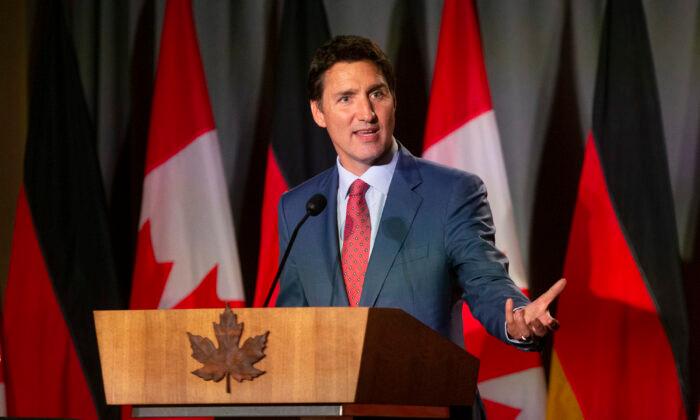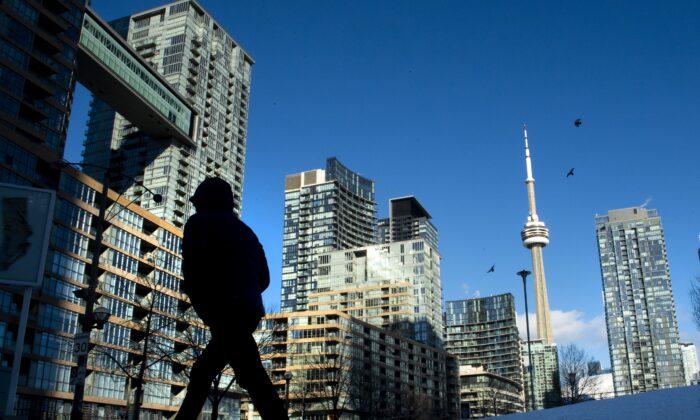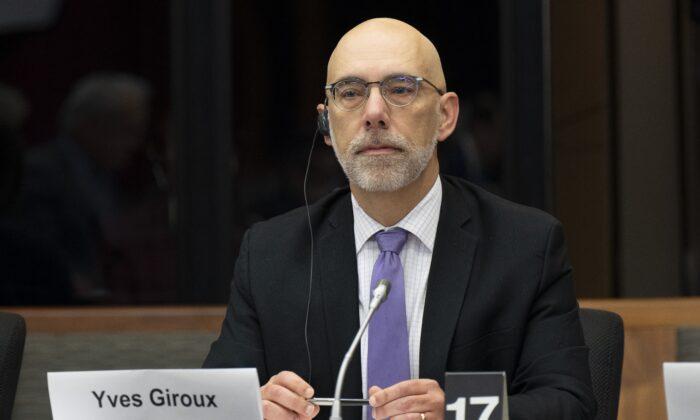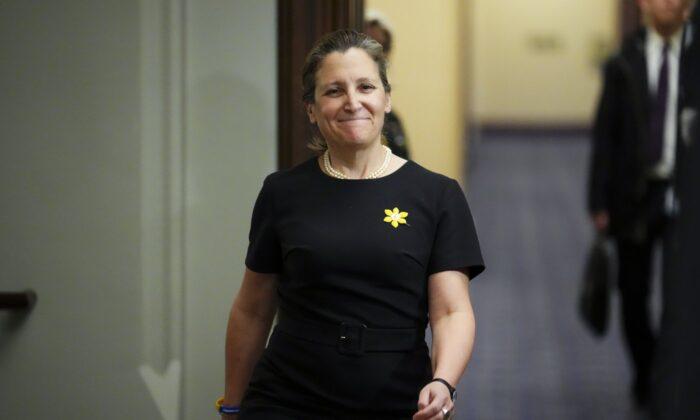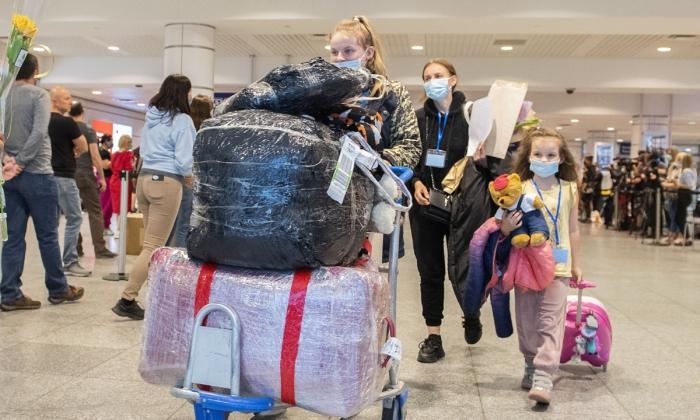Prime Minister Justin Trudeau is not committing two percent of Canada’s gross domestic product (GDP) to national defence spending—as NATO asks its member countries to do.
Trudeau, who was visiting an Alberta air force base along with NATO Secretary General Jens Stoltenberg as part of his Canadian Arctic visit, answered indirectly to a reporter asking if Ottawa would make any “promises or assurances” to meet NATO’s minimum military-spending goal.
“The only time recently Canada’s defence spending decreased below 1 percent, even, was under the previous Conservative government of Stephen Harper,” he added.
“Nine Allies now reach—or exceed—the 2 percent target,” he said. “Nineteen Allies have clear plans to reach it by 2024. And an additional five have concrete commitments to meet it thereafter.”
Despite this, Trudeau said during Friday’s press conference that Canada has “continually stepped up in every NATO mission since its inception.”
“We will continue to deepen and grow our investments,” he said.
Stoltenberg said Friday that Canadian and European cooperation in the Arctic is of utmost importance in defending North America against foreign invasion.
“The shortest path to North America for Russian missiles and bombers will be over the North Pole,” he said, before adding that “Russia’s capabilities in the north” are a “strategic challenge” for NATO.
“Russia has set up a new Arctic command,” Stoltenberg said. “It has opened hundreds of new and former Soviet-era Arctic military sites, including airfields and deep-water ports.”
Stoltenberg also said that China’s northern threat is growing.
“China is also expanding its reach,” he said. “It has declared itself a near-Arctic state, plans to build the world’s largest icebreaker, and is investing tens of billions of dollars in energy, infrastructure, and research projects in the far north.”
Stoltenberg said that NATO allies are now dedicating more troops to Arctic defence, along with increasing investments in far-north military technology.
